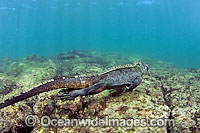
|
|
|
|
Marine Iguana (Amblyrhynchus cristatus), swimming underwater. This marine reptile is endemic to the Galapagos Islands, Equador, where this picture was taken.
© David Fleetham / OceanwideImages.com |
|
|
|
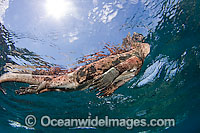
|
|
|
|
Marine Iguana (Amblyrhynchus cristatus), taking a breath of air at the surface whilst swimming underwater. This marine reptile is endemic to the Galapagos Islands, Equador, where this picture was taken.
© David Fleetham / OceanwideImages.com |
|
|
|
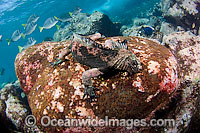
|
|
|
|
Marine Iguana (Amblyrhynchus cristatus), feeding on sea algae underwater. This marine reptile is endemic to the Galapagos Islands, Equador, where this picture was taken.
© David Fleetham / OceanwideImages.com |
|
|
|
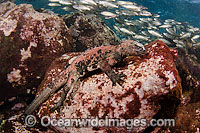
|
|
|
|
Marine Iguana (Amblyrhynchus cristatus), feeding on sea algae underwater. This marine reptile is endemic to the Galapagos Islands, Equador, where this picture was taken.
© David Fleetham / OceanwideImages.com |
|
|
|
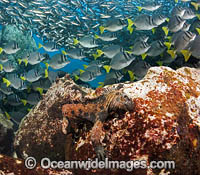
|
|
|
|
Marine Iguana (Amblyrhynchus cristatus), feeding on alga with schooling Black Striped Salema, (Xenocys jessiae) (endemic) and Yellowtail Surgeonfish (Prionurus laticlavius). Galapagos Islands, Equador.
© David Fleetham / OceanwideImages.com |
|
|
|
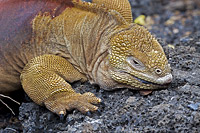
|
|
|
|
Galapagos Land Iguana (Conolophus subcristatus). Endemic to the Galapagos Islands. Photo taken on the island of Santa Cruz. It can also be found on Fernandina, Isabela, North Seymour, Baltra, and South Plaza.
© David Fleetham / OceanwideImages.com |
|
|
|
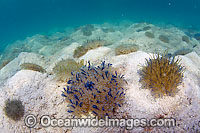
|
|
|
|
Upside Down Jellyfish (Cassiopea xamachana). Unlike other jellyfish that hunt for food, this jellyfish depends on unicellular algae, zooxanthellae, for nutrition. The jellyfish sits upside down so the algae can absorb sunlight. Belize, Central America
© Michael Patrick O'Neill / OceanwideImages.com |
|
|
|
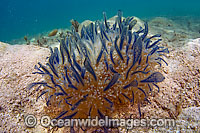
|
|
|
|
Upside Down Jellyfish (Cassiopea xamachana). Unlike other jellyfish that hunt for food, this jellyfish depends on unicellular algae, zooxanthellae, for nutrition. The jellyfish sits upside down so the algae can absorb sunlight. Belize, Central America
© Michael Patrick O'Neill / OceanwideImages.com |
|
|
|
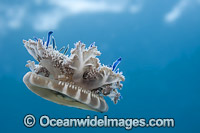
|
|
|
|
Upside-down Jellyfish (Cassiopea xamachana). Unlike other jellyfish that hunt for food, this jellyfish depends on unicellular algae, zooxanthellae, for nutrition. The jellyfish sits upside down so the algae absorbs sunlight. Photo taken at Florida, USA.
© David Fleetham / OceanwideImages.com |
|
|
|
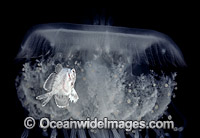
|
|
|
|
Juvenile Medusa Fish (Icichthys lockingtoni), using a Crowned Jellyfish (Cephea cephea) as a protective home. Photo taken in Hawaii, USA.
© David Fleetham / OceanwideImages.com |
|
|
|
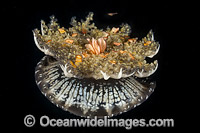
|
|
|
|
Upside-down Jellyfish (Cassiopea medusae). Unlike other jellyfish that hunt for food, this jellyfish depends on unicellular algae, zooxanthellae, for nutrition. The jellyfish sits upside down so the algae absorbs sunlight. Photo taken at Florida, USA.
© David Fleetham / OceanwideImages.com |
|
|
|
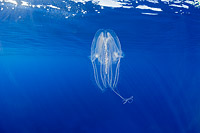
|
|
|
|
Lobate Ctenophore or Winged Comb Jelly (Leucothea multicornis). Photo was taken off Hawaii, Pacific Ocean, USA.
© David Fleetham / OceanwideImages.com |
|
|
|
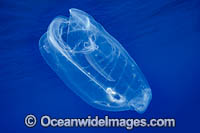
|
|
|
|
Pelagic Tunicate or Salp (Salpa aspera). Photo taken off Hawaii, USA.
© David Fleetham / OceanwideImages.com |
|
|
|
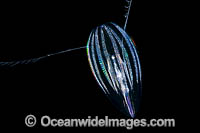
|
|
|
|
Comb-jelly or Sea Gooseberry (possibly: Pleurobrachia pileus). Photo taken off Hawaii, USA.
© David Fleetham / OceanwideImages.com |
|
|
|
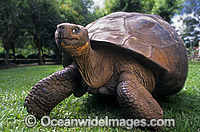
|
|
|
|
Giant Galapagos Land Tortoise (Geochelone nigra porteri). Harriet, born around 1830. Experts think Charles Darwin, famous for his theory of evolution, took the animal from the Galapagos Islands in south America around 1835. Beerwah, Queensland, Australia
© Gary Bell / OceanwideImages.com |
|
|
|
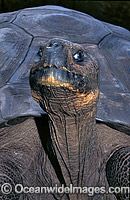
|
|
|
|
Giant Galapagos Land Tortoise (Geochelone nigra porteri). Harriet, born around 1830. Experts think Charles Darwin, famous for his theory of evolution, took the animal from the Galapagos Islands in south America around 1835. Beerwah, Queensland, Australia
© Gary Bell / OceanwideImages.com |
|
|
|
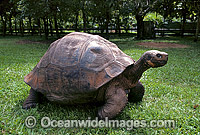
|
|
|
|
Giant Galapagos Land Tortoise (Geochelone nigra porteri). Harriet, born around 1830. Experts think Charles Darwin, famous for his theory of evolution, took the animal from the Galapagos Islands in south America around 1835. Beerwah, Queensland, Australia
© Gary Bell / OceanwideImages.com |
|
|
|
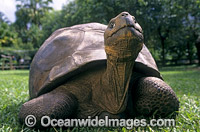
|
|
|
|
Giant Galapagos Land Tortoise (Geochelone nigra porteri). Harriet, born around 1830. Experts think Charles Darwin, famous for his theory of evolution, took the animal from the Galapagos Islands in south America around 1835. Beerwah, Queensland, Australia
© Gary Bell / OceanwideImages.com |
|
|
|
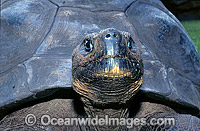
|
|
|
|
Giant Galapagos Land Tortoise (Geochelone nigra porteri). Harriet, born around 1830. Experts think Charles Darwin, famous for his theory of evolution, took the animal from the Galapagos Islands in south America around 1835. Beerwah, Queensland, Australia
© Gary Bell / OceanwideImages.com |
|
|
|
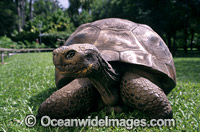
|
|
|
|
Giant Galapagos Land Tortoise (Geochelone nigra porteri). Harriet, born around 1830. Experts think Charles Darwin, famous for his theory of evolution, took the animal from the Galapagos Islands in south America around 1835. Beerwah, Queensland, Australia
© Gary Bell / OceanwideImages.com |
|
|
|
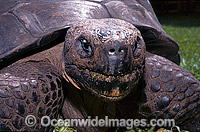
|
|
|
|
Giant Galapagos Land Tortoise (Geochelone nigra porteri). Harriet, born around 1830. Experts think Charles Darwin, famous for his theory of evolution, took the animal from the Galapagos Islands in south America around 1835. Beerwah, Queensland, Australia
© Gary Bell / OceanwideImages.com |
|
|
|
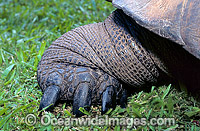
|
|
|
|
Giant Galapagos Land Tortoise (Geochelone nigra porteri) - foot and claw detail. Harriet, born around 1830. Experts think Charles Darwin, took the animal from the Galapagos Islands in south America around 1835. Beerwah, Queensland, Australia
© Gary Bell / OceanwideImages.com |
|
|
|
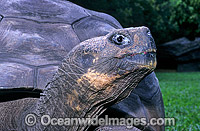
|
|
|
|
Giant Galapagos Land Tortoise (Geochelone nigra porteri) - foot and claw detail. Harriet, born around 1830. Experts think Charles Darwin, took the animal from the Galapagos Islands in south America around 1835. Beerwah, Queensland, Australia
© Gary Bell / OceanwideImages.com |
|
|
|
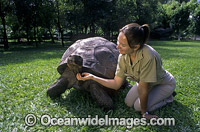
|
|
|
|
Giant Galapagos Land Tortoise (Geochelone nigra porteri) - foot and claw detail. Harriet, born around 1830. Experts think Charles Darwin, took the animal from the Galapagos Islands in south America around 1835. Beerwah, Queensland, Australia
© Gary Bell / OceanwideImages.com |
|
|
|
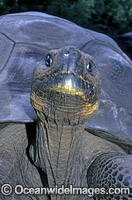
|
|
|
|
Giant Galapagos Land Tortoise (Geochelone nigra porteri) - foot and claw detail. Harriet, born around 1830. Experts think Charles Darwin, took the animal from the Galapagos Islands in south America around 1835. Beerwah, Queensland, Australia
© Gary Bell / OceanwideImages.com |
|
|
|
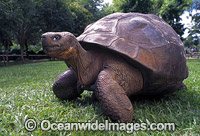
|
|
|
|
Giant Galapagos Land Tortoise (Geochelone nigra porteri) - foot and claw detail. Harriet, born around 1830. Experts think Charles Darwin, took the animal from the Galapagos Islands in south America around 1835. Beerwah, Queensland, Australia
© Gary Bell / OceanwideImages.com |
|
|
|
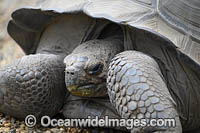
|
|
|
|
Giant Galapagos Land Tortoise (Geochelone nigra porteri). Galapagos Islands, South America.
© Gary Bell / OceanwideImages.com |
|
|
|
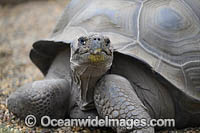
|
|
|
|
Giant Galapagos Land Tortoise (Geochelone nigra porteri). Galapagos Islands, South America.
© Gary Bell / OceanwideImages.com |
|
|
|
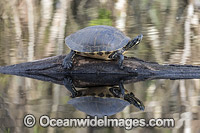
|
|
|
|
Suwannee River Cooter (Pseudemys concinna suwanniensis), resting on a log in Big Cypress National Preserve, situated in Collier County, Florida, United States.
© Michael Patrick O'Neill / OceanwideImages.com |
|
|
|
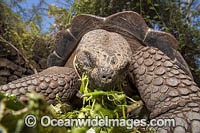
|
|
|
|
Giant Galapagos Land Tortoise (Geochelone elephantopus), feeding on foliage on Santa Cruz Island, Galapagos Archipelago, Ecuador, South America.
© David Fleetham / OceanwideImages.com |
|
|
|
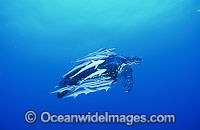
|
|
|
|
Leatherback Sea Turtle (Dermochelys coriacea) with Remora Suckerfish attached. Also known as Leathery Turtle, Luth and Trunkback Turtle. Juno Beach, Florida, USA. Listed on the IUCN Red list as Critically Endangered species. Rare.
© Michael Patrick O'Neill / OceanwideImages.com |
|
|
|
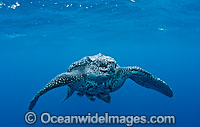
|
|
|
|
Leatherback Sea Turtle (Dermochelys coriacea), male. The Leatherback is one of the world's largest reptiles, reaching close to 2,000 lbs. and nearly 10 ft. in length. Listed on IUCN Red list as Critically Endangered and threatened by coastal development.
© Michael Patrick O'Neill / OceanwideImages.com |
|
|
|
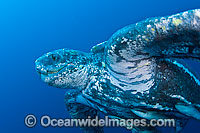
|
|
|
|
Leatherback Sea Turtle (Dermochelys coriacea), male. The Leatherback is one of the world's largest reptiles, reaching close to 2,000 lbs. and nearly 10 ft. in length. Listed on IUCN Red list as Critically Endangered and threatened by coastal development.
© Michael Patrick O'Neill / OceanwideImages.com |
|
|
|

|
|
|
|
Leatherback Sea Turtle (Dermochelys coriacea), male. The Leatherback is one of the world's largest reptiles, reaching close to 2,000 lbs. and nearly 10 ft. in length. Listed on IUCN Red list as Critically Endangered and threatened by coastal development.
© Michael Patrick O'Neill / OceanwideImages.com |
|
|
|
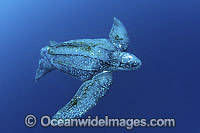
|
|
|
|
Leatherback Sea Turtle (Dermochelys coriacea), male. The Leatherback is one of the world's largest reptiles, reaching close to 2,000 lbs. and nearly 10 ft. in length. Listed on IUCN Red list as Critically Endangered and threatened by coastal development.
© Michael Patrick O'Neill / OceanwideImages.com |
|
|
|
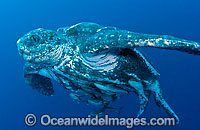
|
|
|
|
Leatherback Sea Turtle (Dermochelys coriacea), male. The Leatherback is one of the world's largest reptiles, reaching close to 2,000 lbs. and nearly 10 ft. in length. Listed on IUCN Red list as Critically Endangered and threatened by coastal development.
© Michael Patrick O'Neill / OceanwideImages.com |
|
|
|
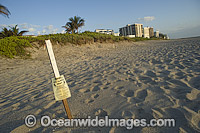
|
|
|
|
Warning sign placed on a Leatherback Sea Turtle (Dermochelys coriacea) nest in Juno Beach, Florida, USA. Juno Beach is a major nesting location for the species.
© Michael Patrick O'Neill / OceanwideImages.com |
|
|
|
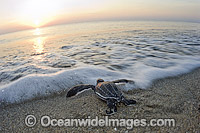
|
|
|
|
Rescued Leatherback Sea Turtle hatchling (Dermochelys coriacea), entering the ocean after hatching in Juno Beach, Florida, USA. Juno Beach is a major nesting location for the species.
© Michael Patrick O'Neill / OceanwideImages.com |
|
|
|
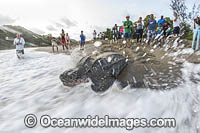
|
|
|
|
Female Leatherback Sea Turtle (Dermochelys coriacea), nesting at sunrise on Grand Riviere, Trinidad, returns to the Caribbean Sea. South America. Listed on IUCN Red list as Critically Endangered
© Michael Patrick O'Neill / OceanwideImages.com |
|
|
|
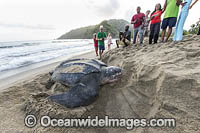
|
|
|
|
Female Leatherback Sea Turtle (Dermochelys coriacea), nesting at sunrise on Grand Riviere, Trinidad, returns to the Caribbean Sea. South America. Listed on IUCN Red list as Critically Endangered
© Michael Patrick O'Neill / OceanwideImages.com |
|
|
|
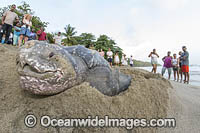
|
|
|
|
Female Leatherback Sea Turtle (Dermochelys coriacea), nesting at sunrise on Grand Riviere, Trinidad, returns to the Caribbean Sea. South America. Listed on IUCN Red list as Critically Endangered
© Michael Patrick O'Neill / OceanwideImages.com |
|
|
|
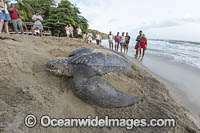
|
|
|
|
Female Leatherback Sea Turtle (Dermochelys coriacea), nesting at sunrise on Grand Riviere, Trinidad, returns to the Caribbean Sea. South America. Listed on IUCN Red list as Critically Endangered
© Michael Patrick O'Neill / OceanwideImages.com |
|
|
|
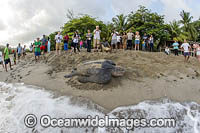
|
|
|
|
Female Leatherback Sea Turtle (Dermochelys coriacea), nesting at sunrise on Grand Riviere, Trinidad, returns to the Caribbean Sea. South America. Listed on IUCN Red list as Critically Endangered
© Michael Patrick O'Neill / OceanwideImages.com |
|
|
|
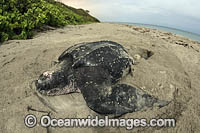
|
|
|
|
Female Leatherback Sea Turtle (Dermochelys coriacea), nesting in Juno Beach, Florida, United States. Listed on IUCN Red list as Critically Endangered.
© Michael Patrick O'Neill / OceanwideImages.com |
|
|
|
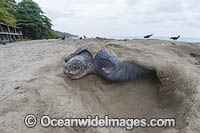
|
|
|
|
Female Leatherback Sea Turtle (Dermochelys coriacea), nesting at sunrise on Grand Riviere, Trinidad, South America. Listed on IUCN Red list as Critically Endangered
© Michael Patrick O'Neill / OceanwideImages.com |
|
|
|
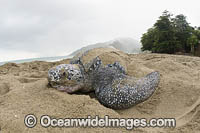
|
|
|
|
Female Leatherback Sea Turtle (Dermochelys coriacea), nesting at sunrise on Grand Riviere, Trinidad, returns to the Caribbean Sea. South America. Listed on IUCN Red list as Critically Endangered
© Michael Patrick O'Neill / OceanwideImages.com |
|
|
|

|
|
|
|
Female Leatherback Sea Turtle (Dermochelys coriacea), nesting at sunrise on Grand Riviere, Trinidad, South America. Listed on IUCN Red list as Critically Endangered
© Michael Patrick O'Neill / OceanwideImages.com |
|
|
|
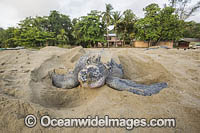
|
|
|
|
Female Leatherback Sea Turtle (Dermochelys coriacea), nesting at sunrise on Grand Riviere, Trinidad, South America. Listed on IUCN Red list as Critically Endangered.
© Michael Patrick O'Neill / OceanwideImages.com |
|
|
|
